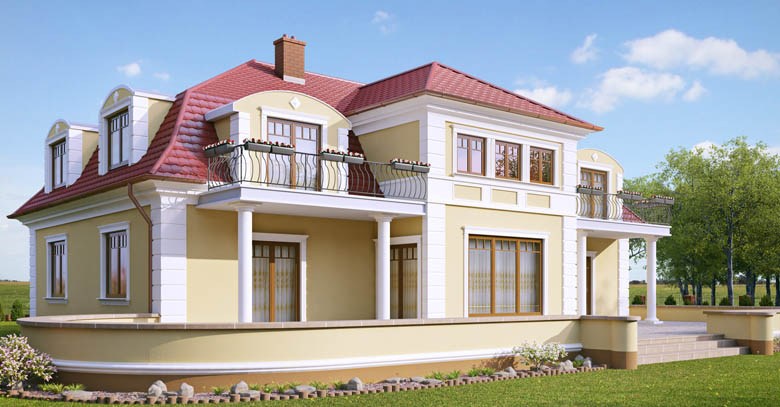There are many variations of exterior architectural mouldings and if you come across a company for purchasing them, you will be just confused regarding which one to buy.
You will see that almost all of the exterior architectural mouldings seem to be the same but before you finally make your selection there are certain things that you should know. Cornices which are also termed as crown mouldings are used for placing at the intersection of walls and soffits. Normally, you will see a boring look at the focal corners but with the use of these exteriormouldings for architectureyou can give a world class finishing to the wall tops. They provide a tapered look as they sometimes appear to be larger at the top rather than at the bottom.

There are many types of exterior architectural mouldings
Again, there are bands which are termed as “chameleons” of mouldings and they can be used almost anywhere. Basically they fit well in the intersection of the walls and they are also placed along the joints of the building in order to mask the presence of the wall.
Headers are another kind of architectural moulding that is used at the door and window top to give a sturdy look and a strong support. They are usually larger but are also available in various shapes. The trim ones are used for placing alongside the windows. Some are designed with a drip edge which acts as an indent in the molding bottom. It prevents the flow of water from running into the joints of the window. It also protects your home from the infiltration of water through the window joints. There are some windows which are installed in an improper way and this system is not a perfect solution for them.
Trims are used as surroundings around doors and windows. They are placed along the entire path of the perimeter to provide a clean and simple look. Basically, they are placed between the sill and header, narrower or flatter than sills and headers.
Sills are crafted specially for window bases and they help to control the precipitation in order to protect the people who are staying inside the house. While selecting a particular type of exterior architectural trims it is necessary that you find out whether the design is conducted as per the EIFS Council recommendations or not. The EIFS Council portrays a particular way in which the designs of these sills should be made. These are protruded between trims and headers and are usually of larger size.
The list of exterior architectural mouldings is just ever ending and there are so many types that that are too vast to discuss simply. If you want to know more about the various other types of thesearchitectural mouldingsthen it is suggested that you take help of any skilled artisans and also query online.

COMMENTS